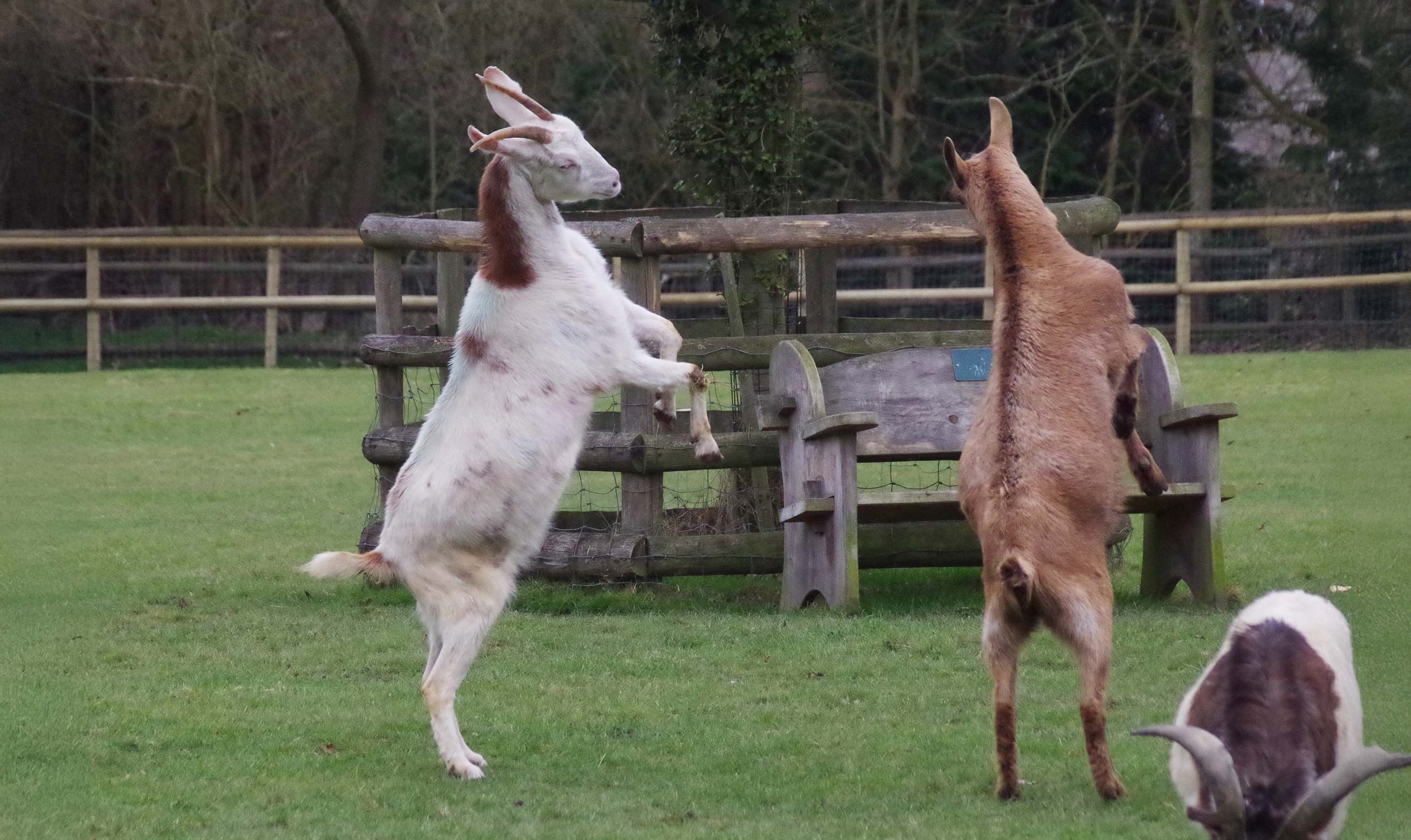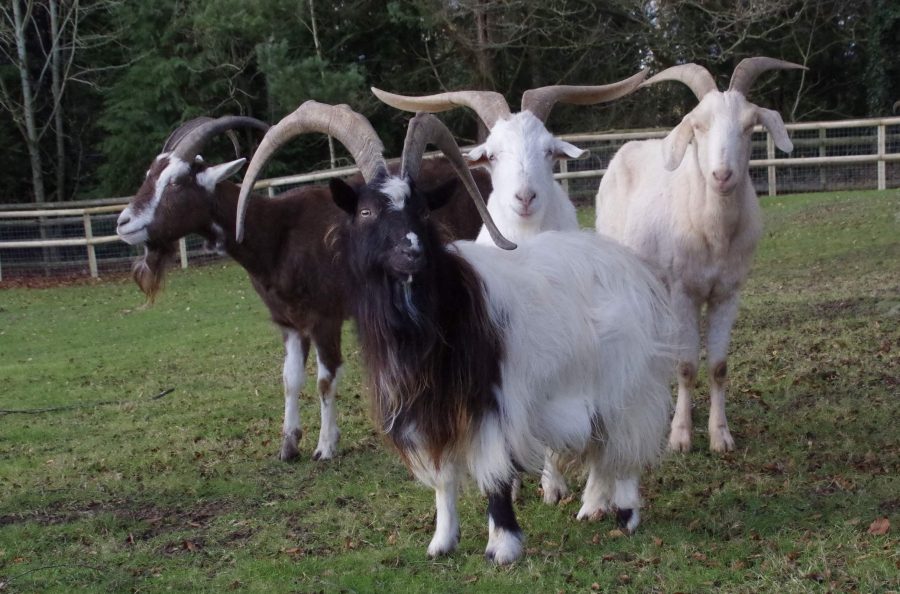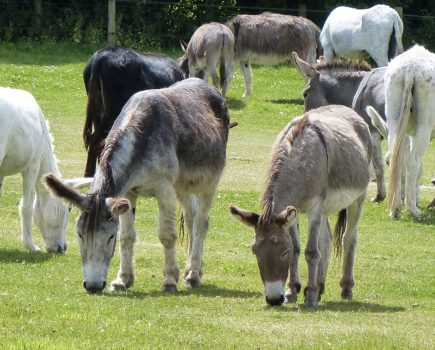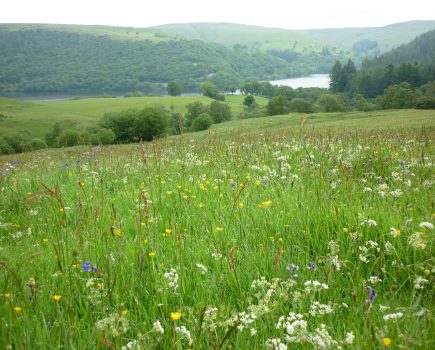Understanding how a herd works for its members is important to the welfare of goats, says Buttercups Goat Sanctuary’s Matt Huggins…
Although the world of goats may seem chaotic, there is always order to be found. Watching and observing the Buttercups herd evolving over the years has made for some fascinating viewing and insights.
A STRUCTURED SOCIETY
The structure of the herd is, on the face of it, a rather simple one. From top to bottom, each member has its place. At the top, as you would expect, will sit the bolder and stronger individuals, trickling all the way down to where the more passive and weaker goats find their place.
Fortunately, our sanctuary is set up in such away that even our frailest of goats have the ability to move about in peace, yet even in such an environment, there are still clear advantages to being toward the top of the pecking order. Our top goats have always had an ability to claim, in their expert opinion, the freshest hay, and are also in the best position to gobble up any additional food that might be dished out. Lower-ranking goats soon learn when it is and, perhaps more importantly, when it is not worth competing in these scenarios. This submissive behaviour, bar a few squabbles or disagreements, will occur throughout the herd, giving them the structure around which they base themselves.
DECIDING FACTORS
As the years come and go, a constant and natural evolution will occur amongst every herd as they tussle for position.There is not just one thing deciding where a goat will find itself, but rather a range of factors that play a role.There are of course the more obvious ones; size, strength and a decent pair of horns will always come in handy. One big factor which could easily be missed however is attitude. As goats are all different from one another in nature, some will present a more forward, confident persona, and I have observed this to prove greatly beneficial. Whilst the top of our herd remains largely made of the larger boys and girls, there have been plenty of notable exceptions. Andy, for example, a pygmy-type, is full of confidence and will attempt to take on almost anyone, and stands comfortably amongst goats triple his size. Correspondingly, I have witnessed several large goats who, thanks to being scared of their own shadows, find themselves pushed way down the order.

Picture credit: Fiona Costello
Another interesting factor to consider are the bonds. which are formed between the goats throughout their lives. To put it crudely, you know how perhaps if you made friends with the biggest bully on the playground, then everyone else would just leave you alone? Yeah, it’s a little bit like that. The most interesting and clear example of this which I have seen play out on the Buttercups yard was between a pair of brothers named Stanley and Alfie. Alfie, whilst large, suffered with chronic problems in his front legs, and would hobble slowly about the yard, which on its own would have left him as easy pickings for much smaller goats. However, thanks to having the ever-loyal Stanley by his side, a great, moody Toggenburg who for years occupied the very top spot of the herd, the others all left him well alone, and Alfie was able to live the luxurious life of a high-ranking individual.
Main picture credit: Fiona Costello
This article extract was taken from the February 2025 edition of The Country Smallholder. To read the article in full, you can buy the issue here.








